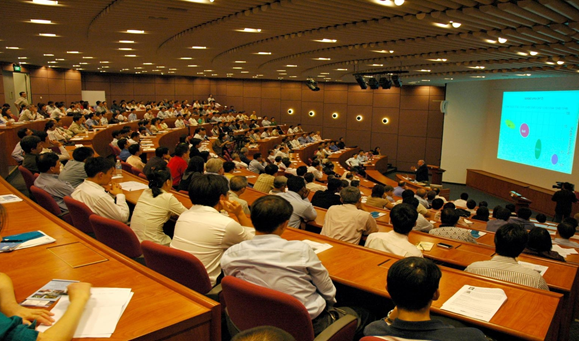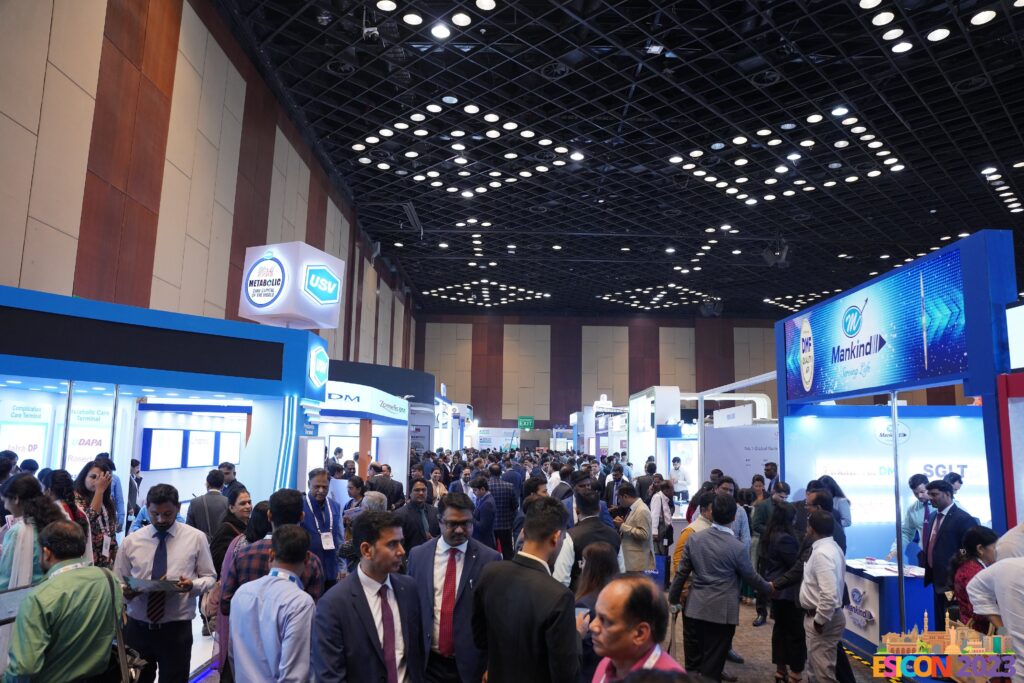
In the dynamic world of medical advancements, conferences play a pivotal role. They are not just events but platforms for groundbreaking discussions, networking, and knowledge dissemination in the medical community. The task of organizing these conferences, therefore, holds a significance that goes beyond mere logistics and planning. It’s about creating an environment conducive to learning, collaboration, and innovation.
Medical conferences, particularly in a diverse and rapidly evolving landscape like India, present unique challenges. They demand a meticulous approach that balances academic rigor with impeccable organizational skills. From selecting the right venue to crafting an engaging agenda, every detail contributes to the success of the event. This guide aims to provide comprehensive tips for planning and executing medical conferences that are not only informative but also memorable and impactful. Whether you’re a seasoned event planner or a novice in the field of medical conference organization, these insights will help you navigate through the intricacies of creating a successful event.
Understanding the Scope of Medical Conferences:
Medical Conferences: Platforms for Progress
Medical conferences are more than just gatherings; they are catalysts for the evolution of healthcare practices. These events serve as vital platforms where healthcare professionals, researchers, and educators converge to share findings, discuss innovations, and set new standards in medical care and research.
The Evolving Landscape
Globally, and more notably in India, medical conferences have undergone significant transformations. They’ve become multidisciplinary, integrating various specialties and embracing a wider range of topics. This change reflects the interconnected nature of modern healthcare, where collaborative approaches are essential for advancement.
Crucial for Continuous Learning
For medical professionals, these conferences are essential for continuous learning. They offer exposure to the latest research, emerging technologies, and best practices. This ongoing education is crucial in a field where staying updated can have direct implications on patient care and outcomes.
Networking and Collaboration Opportunities

Besides knowledge sharing, these conferences provide unparalleled networking opportunities. They facilitate collaborations that can lead to breakthroughs in research and patient care. In a field as dynamic as medicine, the connections formed here can shape future collaborations and innovations.
Key Steps in Planning a Medical Conference
1. Identifying the Purpose and Target Audience
The cornerstone of any successful medical conference lies in its purpose and the audience it caters to. Clearly defining the objective of the conference is the first step. Is it to introduce new medical research, discuss a specific medical field, or provide a networking platform? Understanding the goal helps in tailoring every aspect of the event to meet these objectives.
Equally important is identifying the target audience. A conference aimed at surgeons will differ significantly in content and structure from one intended for medical researchers or general practitioners. Knowing the audience helps in curating the right speakers, topics, and even the mode of presentation to ensure the event resonates with the attendees and meets their expectations.
2. Venue Selection and Logistics
Choosing the right venue is critical. For a medical conference, it must support the specific requirements of medical presentations, such as high-tech equipment for live demonstrations or video conferencing capabilities for international speakers. Accessibility is also key, ensuring attendees can easily reach the venue.
Logistics play a vital role too. From adequate seating arrangements to high-quality audio-visual systems, every detail contributes to the overall experience of the conference. Efficient planning here ensures that the focus remains on the content and interactions, rather than logistical hiccups.
3. Building a Robust Agenda
The agenda is the backbone of the conference. It should be a balance of keynote addresses, panel discussions, interactive sessions, and networking breaks. Topics should be relevant and aligned with the latest trends and developments in the medical field. Selecting esteemed speakers who are authorities in their respective domains can significantly elevate the value of the conference.
Incorporating interactive elements like Q&A sessions, workshops, or even virtual reality experiences can make the conference more engaging. Structuring the agenda to allow for sufficient networking opportunities is also essential, as these interactions often lead to collaborations and advancements in the field.
4. Marketing and Promotion
Effective marketing is essential to ensure high attendance and engagement. Utilizing a mix of traditional and digital marketing strategies can be effective. This includes email campaigns, social media marketing, and partnerships with medical institutions or associations.
Digital platforms, particularly social media, play a crucial role in reaching a broader audience. Engaging content like speaker interviews, topic teasers, or behind-the-scenes preparations can generate interest and anticipation for the event.
5. Registration and Attendee Management
The registration process should be seamless, providing a hassle-free experience for attendees. Online registration systems that are easy to navigate ensure a smooth start to the conference experience.
Once registered, keeping attendees informed and engaged is crucial. Regular updates, information packets, and reminders about the event help in building excitement. On the day of the conference, efficient attendee management, like quick check-ins, guidance for session locations, and assistance desks, can significantly enhance the attendee experience.
Conclusion
In conclusion, the art of organizing a medical conference is a meticulous process that demands attention to detail, a deep understanding of the audience’s needs, and a strategic approach to content and logistics. From defining the purpose and audience to selecting the right venue, building a robust agenda, effective marketing, and seamless attendee management, each aspect plays a vital role in the success of the event.
As we’ve explored, the key to a successful medical conference lies in its ability to not only disseminate information but also to foster an environment of collaboration and innovation. In a field as dynamic and critical as medicine, these conferences are more than events; they are incubators for future healthcare advancements.
For organizers, the challenge is to continuously innovate and adapt to the evolving expectations of the medical community. By embracing these strategies, event planners can ensure that medical conferences remain relevant, engaging, and impactful, contributing significantly to the advancement of healthcare knowledge and practices.
